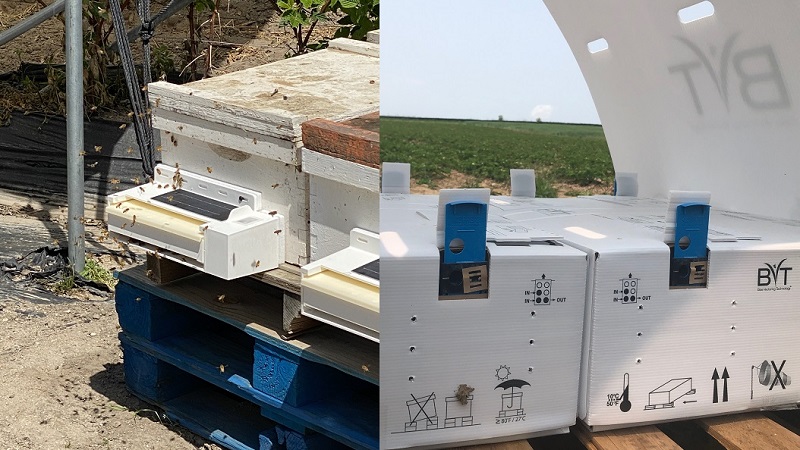USDA Allocates $66 Million to Better Protect Plants Against Pests
The USDA recently allocated $66 million to support 407 projects that will strengthen the nation’s infrastructure for pest detection and surveillance, identification, threat mitigation, and safeguard the nursery production system. USDA provides funding for these projects under the authority of the Plant Protection Act’s Section 7721. Universities, states, federal agencies, nongovernmental organizations, non-profits, and tribal organizations located in 49 states, Guam, Puerto Rico, and the Northern Mariana Islands will carry out the projects.
Also included is $6 million for the National Clean Plant Network that will support 26 projects that focus on providing high quality propagated plant material for fruit trees, tropical trees, grapes, berries, citrus, hops, sweet potatoes, and roses free of targeted plant pathogens and pests.
“This vital program helps USDA build mutually beneficial partnerships with State governments, academic institutions, and other important agricultural cooperators across the country,” said Greg Ibach, Under Secretary for USDA’s Marketing and Regulatory Programs. “Our partners use these USDA funds and their own expertise to conduct critical projects that keep U.S. crops, nurseries, and forests healthy, boost the marketability of agricultural products within the country and abroad, and help us do right and feed everyone.”
Since 2009, USDA has supported more than 2,346 projects and provided approximately $293.5 million in funding. Collectively, these projects allow USDA and its partners to quickly detect and rapidly respond to invasive pests and diseases. They also help our country maintain the infrastructure necessary to make sure that disease-free, certified planting materials are available to U.S. specialty crop producers.
This year, funded projects include, among others:
This year, funded projects include:
- Spotted lanternfly: $10,073,380 to support comprehensive response efforts including mitigation, treatment evaluations, monitoring tools, impact assessments, biological control, and outreach in PA, MA, NJ, NY, VA, DE, and NC;
- Exotic fruit fly detection: $6,030,000 in Florida and Texas;
- Agriculture detector dog teams: $5,155,792 to programs in California and Florida to enhance package inspections, a program in Hawaii to detect Coconut rhinoceros beetle, and detector dog training for these teams;
- Honey bee and pollinator health: $1,718,083 to protect honey bees, bumble bees and other important pollinators from harmful pests;
- Giant African snail: $1,331,601 to support ongoing eradication efforts in Florida;
- Stone fruit and orchard commodities: $1,097,643 to support pest detection surveys in 20 states;
- Phytophthora ramorum and related species: $1,107,965 in 14 states and nationally for survey, diagnostics, mitigation, probability modeling, genetic analysis, and outreach;
- Grapes: $602,364 to enhance surveys for grape commodity pests and diseases in 15 states;
- Citrus: $462,000 to support citrus commodity surveys in California and Louisiana
In addition to these allocations, USDA is reserving $3,810,245 to support rapid response during invasive pest emergencies should a pest of high economic consequence be detected anywhere in the U.S.










